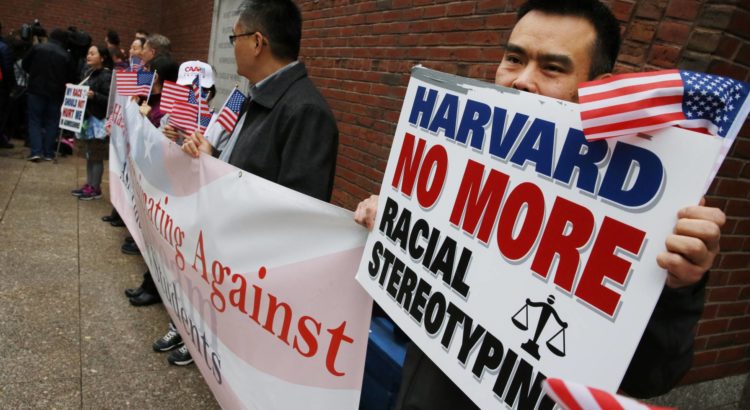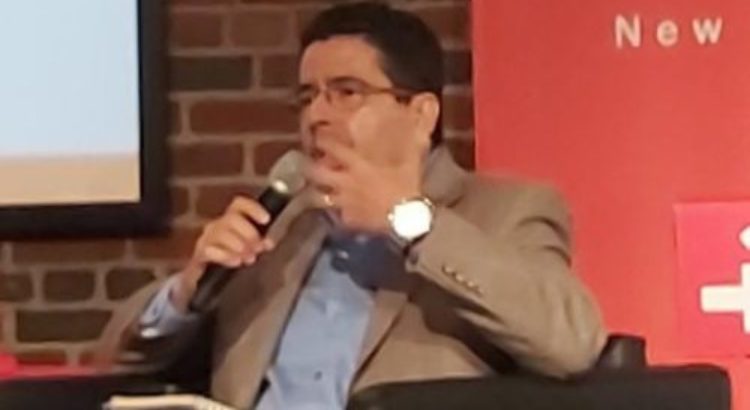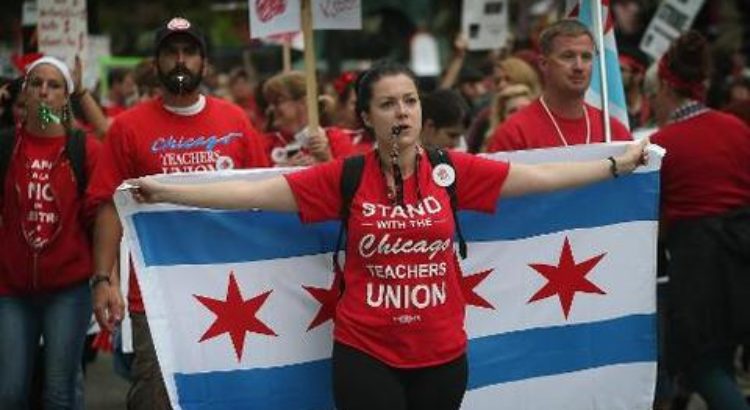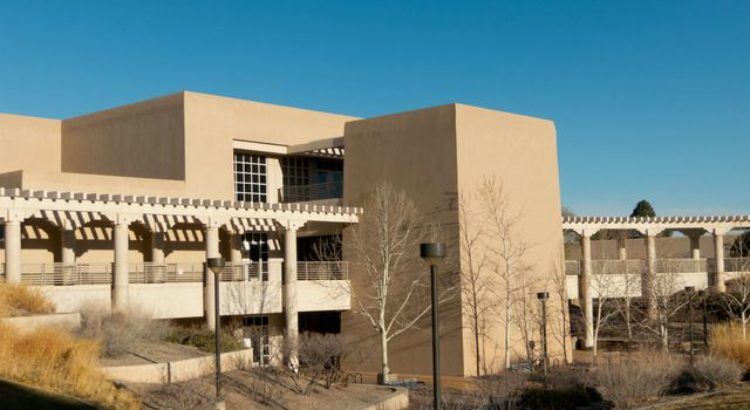América del NOrte/EEUU/universityworldnews.com/Katherine Mangan
Los residentes de Nuevo México podrían recibir hasta cuatro años de matrícula universitaria gratuita, independientemente de los ingresos familiares, en virtud de una propuesta presentada el miércoles por el gobernador demócrata del estado.
La propuesta, uno de los planes de matrícula gratuita más amplios hasta ahora ofrecidos por un estado, se une a un campo abarrotado de planes destinados a hacer que la universidad sea asequible.
Al igual que otros que han surgido en los últimos años, el plan está generando un intenso debate sobre las formas más eficientes y equitativas para garantizar que todos tengan acceso a una educación universitaria.
La gobernadora, Michelle Lujan Grisham, emitió un comunicado.diciendo que el programa ayudaría a 55,000 nuevos mexicanos. Uno de los estados más pobres del país, Nuevo México, vio un gasto en educación superior reducido en más del 30% por estudiante de 2008 a 2018, según los funcionarios estatales de educación. La propuesta costaría alrededor de US $ 25 millones a US $ 35 millones por año, y estaría parcialmente cubierta por los crecientes ingresos petroleros del estado, dijo la oficina del gobernador.
El plan, que requiere la aprobación y la financiación de la Legislatura controlada por los demócratas para que entre en vigencia, permitiría a los estudiantes del estado recibir matrícula y tarifas gratuitas en cualquiera de las 29 universidades públicas de dos y cuatro años de Nuevo México, a partir del próximo otoño. Los estudiantes tendrían que mantener un promedio de 2.5 puntos para seguir siendo elegibles.
Los graduados recientes de las escuelas secundarias y los programas de equivalencia de la escuela secundaria podrían recibir cuatro años de matrícula gratuita en cualquier institución pública. Los adultos que habían estado fuera de la escuela por un tiempo obtendrían dos años de matrícula gratuita de la universidad comunitaria.
Si se aprueba, el plan convertiría a Nuevo México en el estado número 21 en cubrir dos años de matrícula en colegios comunitarios, según el anuncio del gobernador.
«Este programa es un cambio de juego absoluto para Nuevo México», escribió Lujan Grisham. “La educación superior en este estado, víctima de la recesión, ha sufrido hambre en los últimos años. Estamos girando hacia una reinversión sólida en el aprendizaje superior, específicamente y directamente en nuestros estudiantes ”.
A corto plazo, dijo, el programa aumentará las inscripciones universitarias y las tasas de éxito.
«A la larga, veremos un mejor crecimiento económico, mejores resultados para los trabajadores y familias y padres de Nuevo México, una fuerza laboral mejor capacitada y mejor remunerada».
Los estudiantes serían elegibles independientemente de su estado migratorio.
Sin matrícula o sin deudas
Con tantas universidades, estados y candidatos presidenciales que promueven hoy la idea de la matrícula gratuita , es fácil confundirse acerca de lo que realmente cubren esos planes y quién se beneficia .
Diecisiete estados y 350 localidades en 44 estados han promulgado algún tipo de programa universitario gratuito, según un informe de la Conferencia Nacional de Legislaturas Estatales. Beca Excelsior de
Nueva York, redactado por el gobernador demócrata del estado, Andrew M Cuomo, ofrece matrícula gratuita en universidades públicas de dos y cuatro años para estudiantes con ingresos familiares anuales de hasta US $ 125,000, pero viene con muchas condiciones.
Por ejemplo, los estudiantes deben asistir a tiempo completo y permanecer en el estado durante cuatro años después de graduarse. El programa de Nuevo México no tiene tales restricciones.
El futuro de la inscripción
La mayoría de los planes de matrícula gratuita ofrecidos por los estados, así como por los colegios y universidades individuales, tienen límites de ingresos para garantizar que el dinero de los contribuyentes no beneficie a los estudiantes que pueden pagar la universidad.
Pero a medida que el nivel de deuda de matrícula de la nación se ha disparado a más de US $ 1,5 billones, también lo ha hecho el impulso para un enfoque más integral para controlar los costos.
Entre los candidatos presidenciales demócratas, tanto la senadora Elizabeth A Warren de Massachusetts como el senador Bernie Sanders, independiente de Vermont, harían que todas las universidades públicas estuvieran libres de matrícula . Joseph R Biden Jr, el ex vicepresidente, limitaría el beneficio a los estudiantes que asisten a colegios comunitarios.
Sin embargo, sin matrícula no significa necesariamente sin deuda. Incluso bajo el programa propuesto comparativamente generoso de Nuevo México, los estudiantes aún tendrían que pagar la vivienda, las comidas, los libros y otros costos asociados con la universidad.
El programa pagaría cualquier matrícula y cuotas que no estén cubiertas por las subvenciones federales o la Beca de la Lotería de Nuevo México. La beca de lotería generalmente deja una brecha impaga de entre el 25% y el 40% de la matrícula, dijo el gobernador.
‘Una idea terrible’
Wesley R Whistle, asesor principal del programa de política educativa de Nueva América, argumentó que un enfoque de último dólar, que se completa solo donde otras becas y subsidios terminan, no es la mejor manera de ayudar a los más necesitados. estudiantes
Prefiere enfoques de primer dólar, como el Programa de Becas del Siglo 21 de Indiana . Pagan becas además de cualquier otra ayuda que los estudiantes puedan obtener. Eso significa que los estudiantes pueden usar Becas Pell y otras becas para cubrir la matrícula y las tarifas, lo que según Whistle representa poco menos de la mitad de todos los costos de la universidad. El dinero estatal adicional puede destinarse a gastos de subsistencia y otros gastos para que los estudiantes puedan graduarse sin deudas o cerca de ellos.
Whistle también dijo que si un estado está gastando dinero para cubrir la matrícula pero no lo suficiente para mejorar los programas académicos y de asesoramiento, las tasas de graduación continuarán rezagadas.
«Si está enviando estudiantes a escuelas que no cuentan con los recursos suficientes, no los está preparando para el éxito», dijo.
Brian Rosenberg, presidente de Macalester College, calificó la matrícula gratuita como «una idea terrible» en un ensayo de opinión publicado la semana pasada por The Chronicle . Argumentó que los principales beneficiarios de tales programas son los estudiantes que están relativamente bien.
Un fuerte aumento en las solicitudes como resultado de los programas podría hacer que las universidades sean más selectivas, escribió, perjudicando a los estudiantes desfavorecidos que las políticas deben ayudar. Las tasas de graduación en las universidades menos selectivas podrían disminuir aún más, argumentó.
Está entre los que argumentan que un enfoque más equitativo sería aumentar el tamaño de la Beca Pell federal, disponible para estudiantes cuyo ingreso familiar anual es inferior a US $ 50,000. Pero el poder adquisitivo de Pell ha sido erosionado por la inflación.
Incluso si los programas universitarios gratuitos de último dólar ofrecen beneficios financieros más limitados a algunos estudiantes de bajos ingresos, el mensaje que envían (que la universidad es alcanzable y valiosa) vale su costo, según Sara Goldrick-Rab, profesora de política de educación superior. y sociología en Temple University, y Michelle Miller-Adams, profesora de ciencias políticas en Grand Valley State University.
Escribieron, en otro artículo de opinión en The Chronicle, que los programas que benefician a todos los estudiantes tienen más probabilidades de atraer el apoyo político que necesitan para tener éxito.
Katherine Mangan escribe sobre universidades comunitarias, esfuerzos de finalización y capacitación laboral, así como otros temas en las noticias diarias. Síguela en Twitter @KatherineMangan, o envíale un correo electrónico a katherine.mangan@chronicle.com.
[ Este es un artículo de The Chronicle of Higher Education , la publicación de educación superior líder en Estados Unidos. Se presenta aquí bajo un acuerdo con University World News . ]
Fuente: https://www.universityworldnews.com/post.php?story=20190920094952324















 Users Today : 48
Users Today : 48 Total Users : 35460179
Total Users : 35460179 Views Today : 66
Views Today : 66 Total views : 3418849
Total views : 3418849